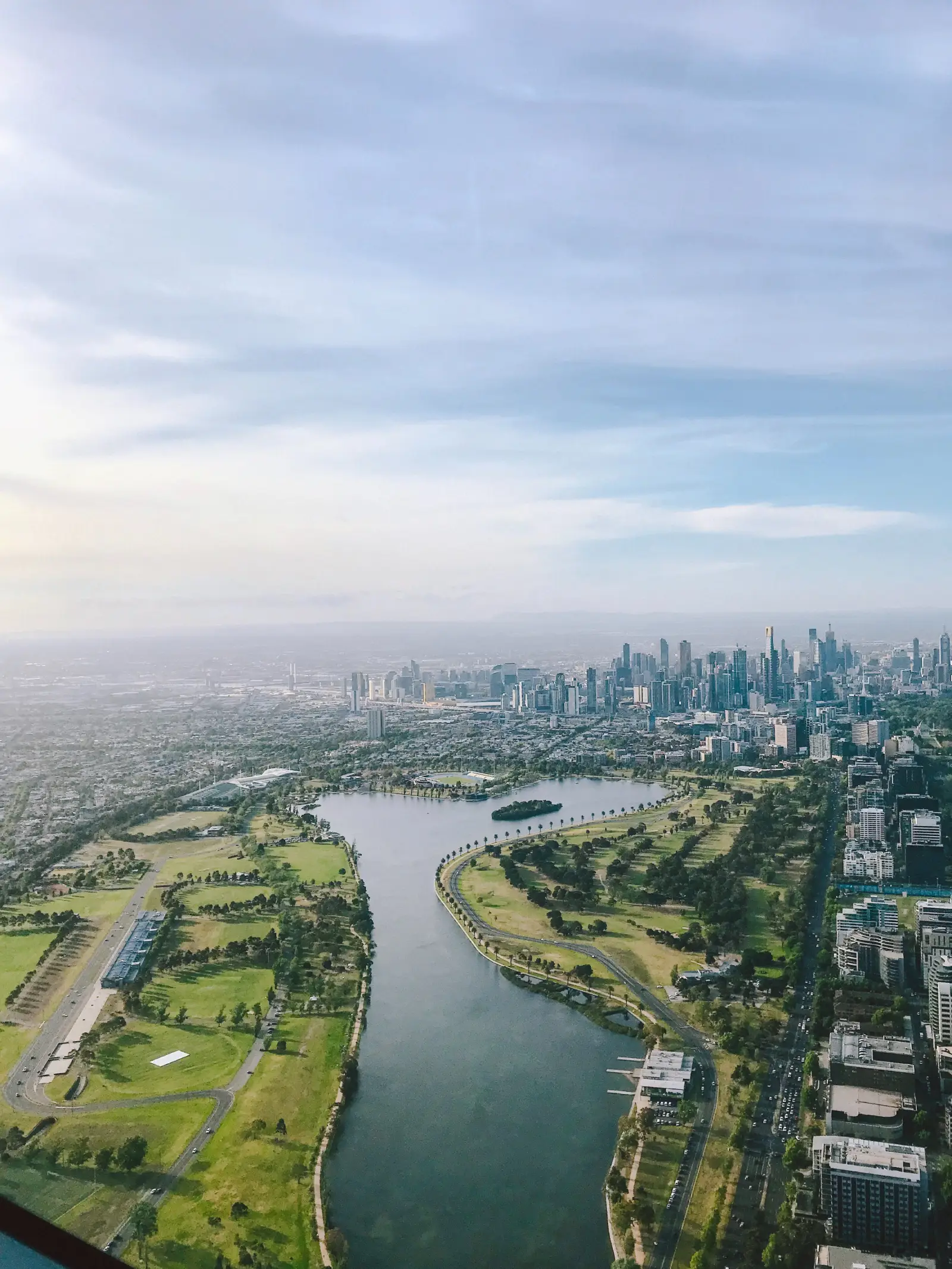
Table of Contents
Introduction to TSS 482 Visa
Recently, for TSS 482 visa changes have been announced by Australian Government and its pathway to Permanent Residence.
The Visa 482, also known as the Temporary Skill Shortage (TSS) visa, is a critical pathway for skilled workers aiming to live and work in Australia. Designed to fill skill gaps in the Australian labor market, this visa allows businesses to bring in skilled labor from overseas when they cannot find suitable candidates within the country. The Visa 482 is essential for both employees seeking career advancement and employers in need of specific expertise.
Eligibility Criteria for TSS 482 Visa
Skilled Occupation List
To be eligible for the Visa 482, applicants must have an occupation listed on the skilled occupation list, which is regularly updated to reflect the needs of the Australian economy. This list categorizes occupations into short-term and medium-term streams, influencing the visa’s validity and potential pathways to permanent residency.
Employer Sponsorship
An applicant must have a sponsoring employer to apply for the Visa 482. The employer must be an approved sponsor and demonstrate that they have attempted to recruit locally before turning to international applicants.
English Language Proficiency
Applicants must meet specific English language requirements, which vary depending on the stream of the visa they are applying for. This ensures that workers can effectively communicate in the workplace and integrate into the community.
Work Experience Requirements
Relevant work experience is a critical criterion for TSS 482 Visa. Depending on the occupation and stream, applicants generally need at least two years of experience in their field.
Types of TSS 482 Visa
Short-term Stream
This stream is for occupations on the Short-term Skilled Occupation List (STSOL). It allows for stays of up to two years, with a possibility of renewal for an additional two years. However, this stream does not lead directly to permanent residency.
Medium-term Stream
Occupations on the Medium and Long-term Strategic Skills List (MLTSSL) qualify for this stream. It allows for stays of up to four years, with eligibility to apply for permanent residency after three years.
Labour Agreement Stream
This stream is for applicants sponsored under a labor agreement between the Australian government and an employer. It caters to occupations not listed on the standard lists and may provide pathways to permanent residency.
Application Process for Visa 482
- Steps to Apply
Ensure eligibility: Check the skilled occupation list and other criteria.
Employer sponsorship: Secure a job offer from an approved sponsor.
Submit nomination: The employer nominates the applicant.
Lodge visa application: Submit the visa application with necessary documentation.
- Required Documentation
Applicants need to provide proof of identity, employment history, skills and qualifications, English proficiency, and health insurance, among other documents.
- Processing Times
Processing times can vary based on the stream and individual circumstances. On average, it can take from a few months to over a year.
Transition from Visa 482 to Permanent Residency (PR)
- Overview of the PR Pathway
Transitioning from a temporary visa to permanent residency is a significant step for many TSS 482 Visa holders. This pathway offers long-term security and access to additional benefits.
- Importance of Transitioning to PR
Permanent residency provides stability, access to public services, and the ability to live and work anywhere in Australia without restrictions.
Read more about permanent residence.
Eligibility for PR through Tss 482 Visa
- PR Pathways for Short-term Stream Holders
Although the short-term stream generally does not lead to PR, there are exceptions through the regional migration scheme or if an occupation is later moved to the medium-term list.
- PR Pathways for Medium-term Stream Holders
Holders of the medium-term stream can apply for PR through the Employer Nomination Scheme (ENS) or the Regional Sponsored Migration Scheme (RSMS) after meeting specific requirements.
- Labour Agreement Stream to PR
Applicants under the labor agreement stream may transition to PR based on the terms of the agreement and the employer’s requirements.
Step-by-Step Guide to PR Pathway
- Meeting the Criteria
Ensure you meet all criteria, including occupation, work experience, and employer sponsorship.
- Skills Assessment
A skills assessment from a recognized authority may be required to validate your qualifications and experience.
- Employer Nomination
Your employer must nominate you for PR, demonstrating the ongoing need for your role.
Importance of Employer Support in PR Pathway
- Role of the Employer in the PR Process
Employers play a crucial role by nominating the employee and supporting their application through documentation and compliance with immigration requirements.
- Employer Nomination Scheme (ENS)
The ENS allows employers to sponsor workers for PR if they have worked for the employer for at least three years on a TSS 482 visa.
Skills Assessment for PR
- Importance of Skills Assessment
A positive skills assessment is often a prerequisite for PR applications, ensuring the applicant’s skills match Australian standards.
- Recognized Assessing Authorities
Various authorities are responsible for assessing different occupations, such as Engineers Australia for engineering roles or VETASSESS for general professions.
English Language Requirements for PR
- English Tests Accepted
Accepted tests include IELTS, TOEFL iBT, PTE Academic, and others. Each has its scoring system and validity period.
- Required Scores for PR
Minimum scores vary by visa stream and occupation but generally require a proficient level of English.
Health and Character Requirements for PR
- Health Checks
Applicants must undergo health examinations to ensure they meet Australian health standards, preventing public health risks.
- Character Assessment
A thorough character assessment, including police checks from all countries where the applicant has lived, is mandatory to ensure good character.
Benefits of Obtaining PR
- Job Opportunities
PR holders have greater job security and access to a broader range of employment opportunities.
- Social Security Benefits
PR entitles individuals to social security benefits, providing financial support in times of need.
- Access to Healthcare and Education
Permanent residents can access Medicare, Australia’s public healthcare system, and have the right to study at Australian educational institutions.
Common Challenges in the PR Pathway
- Meeting the Criteria
Strict criteria and frequent updates to immigration policies can make it challenging to stay eligible.
- Documentation Issues
Incomplete or incorrect documentation can delay the process or lead to visa rejections.
- Navigating the Process
The complexity of immigration laws and procedures can be overwhelming without professional guidance.
Tips for a Successful PR Application
- Staying Organized
Keep track of all documents, deadlines, and updates to immigration policies.
- Seeking Professional Help
Immigration agents and lawyers can provide valuable assistance and ensure your application is complete and accurate.
- Understanding the Legal Requirements
Stay informed about the latest immigration rules and regulations to avoid unexpected hurdles.
Lorem ipsum dolor sit amet, consectetur adipiscing elit. Ut elit tellus, luctus nec ullamcorper mattis, pulvinar dapibus leo.





